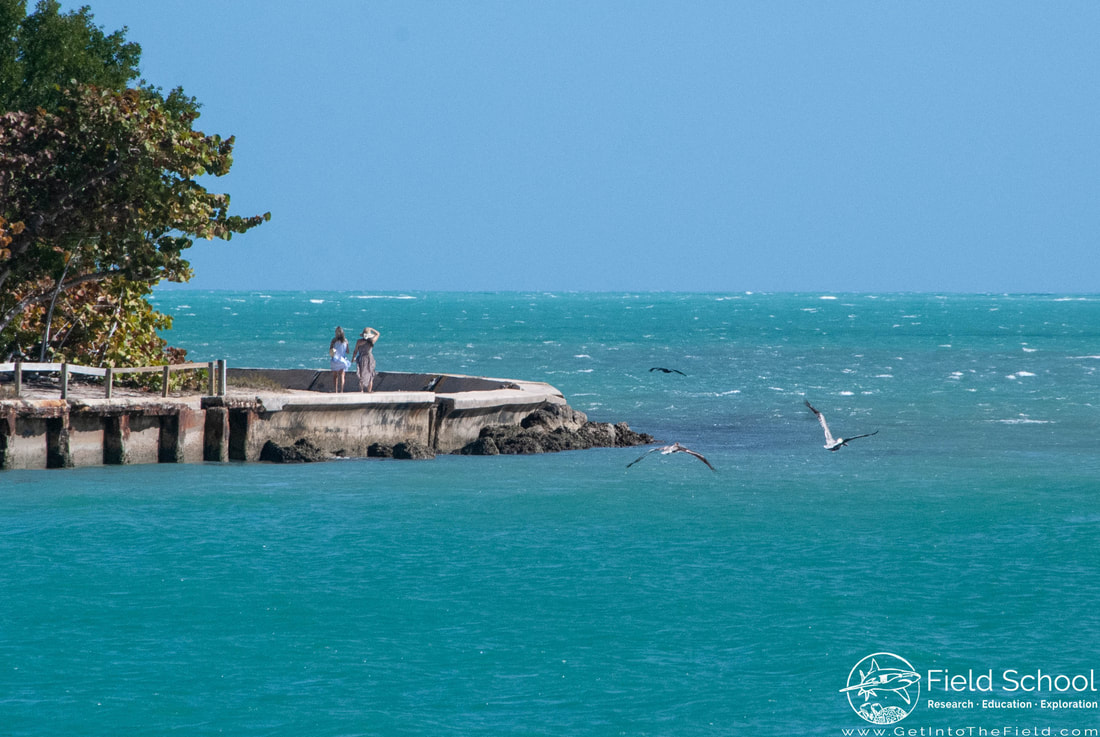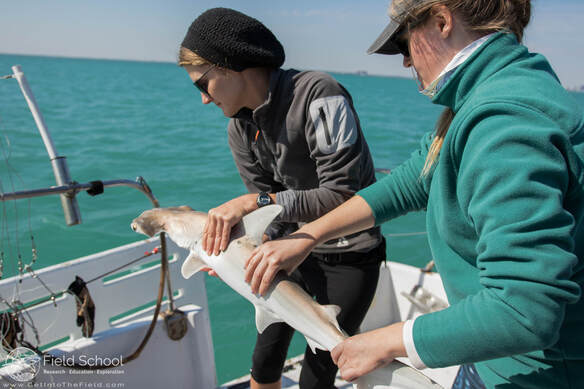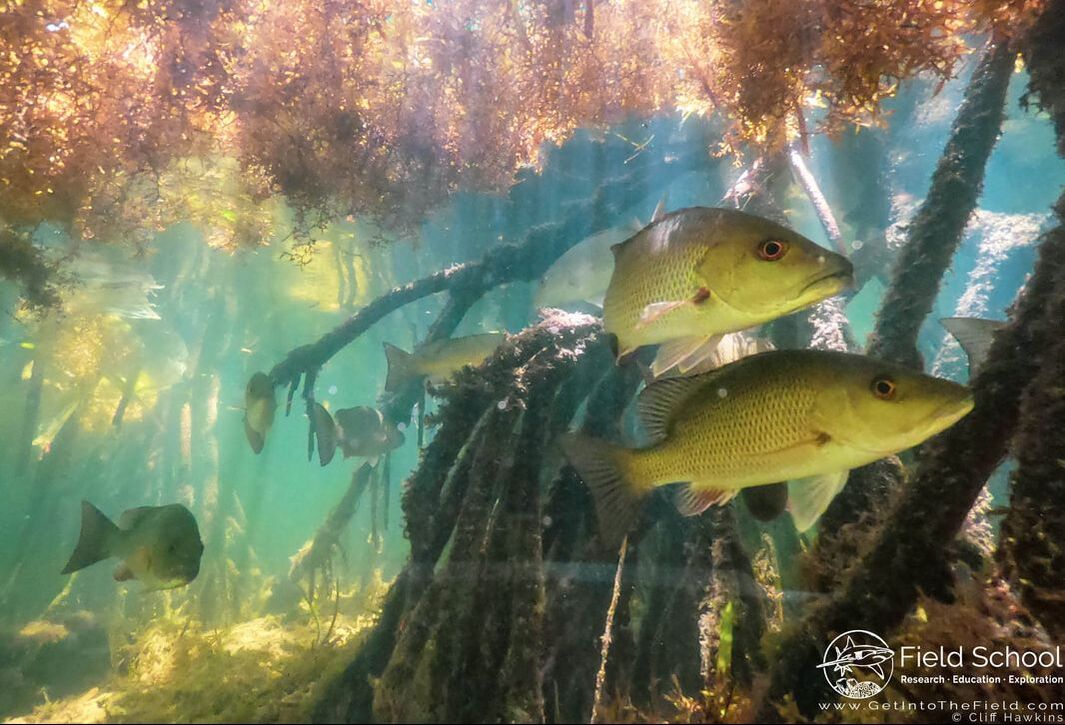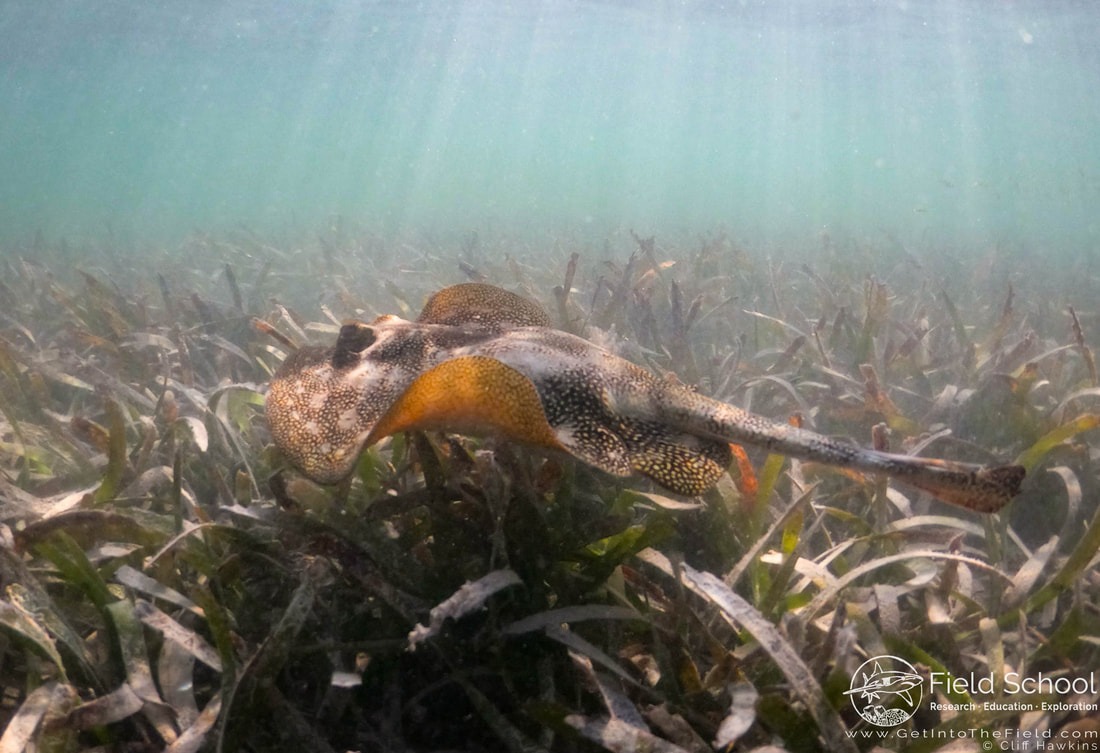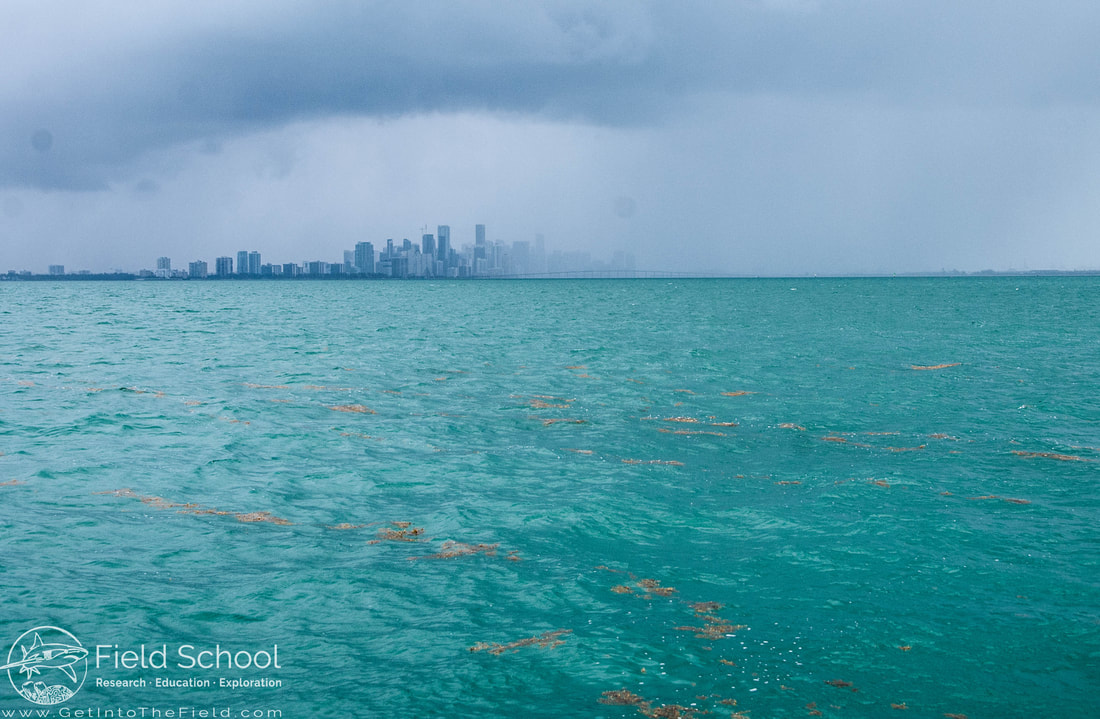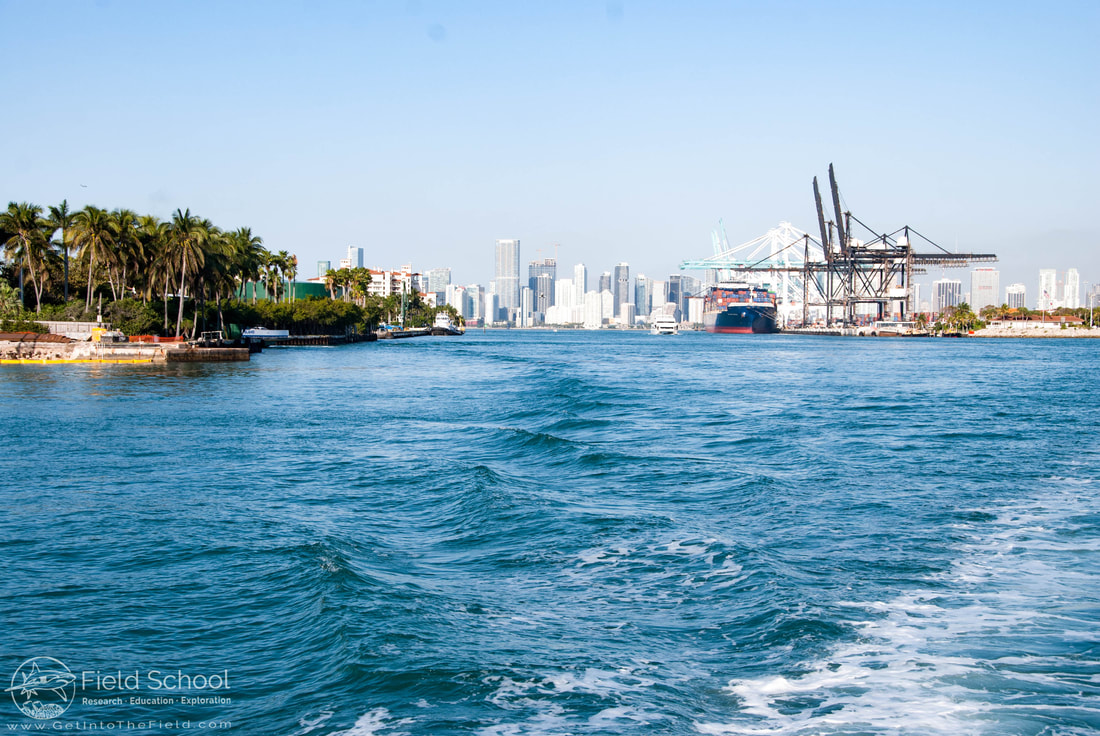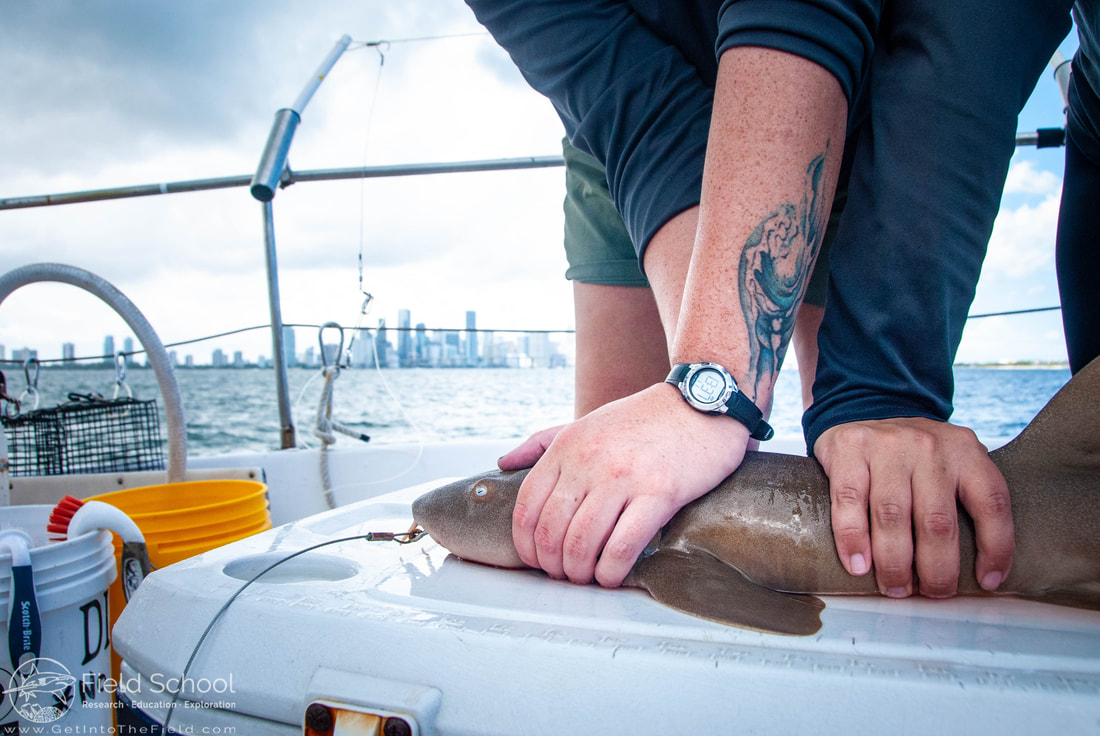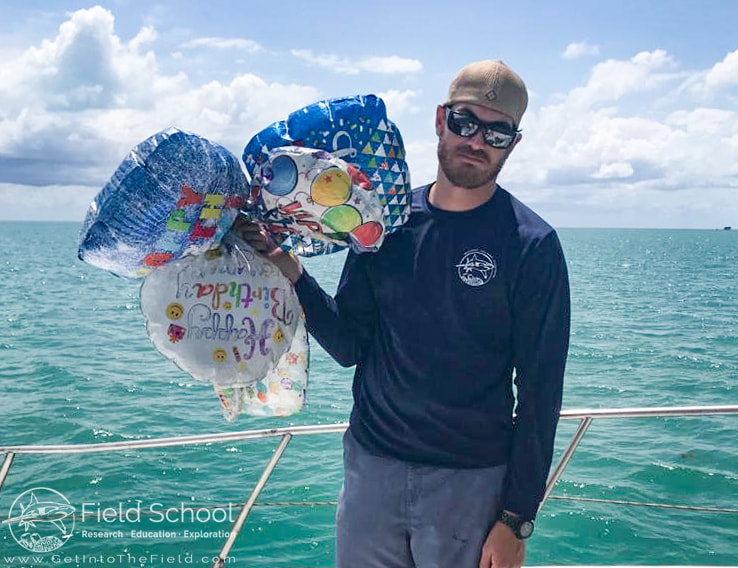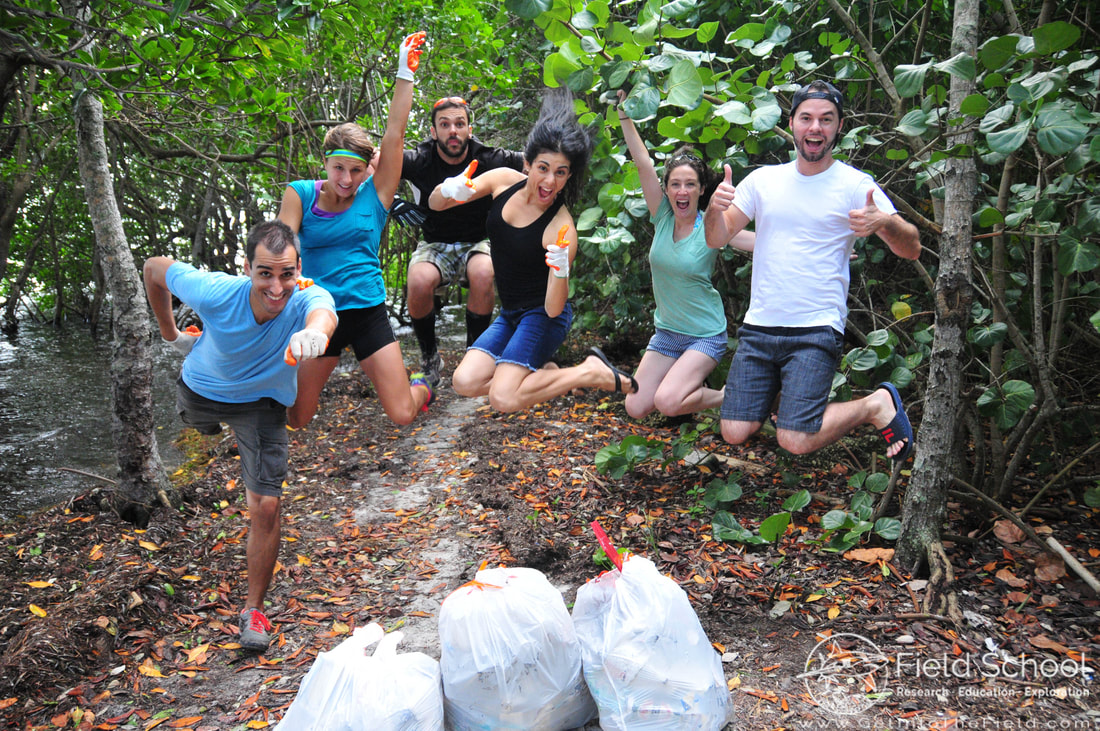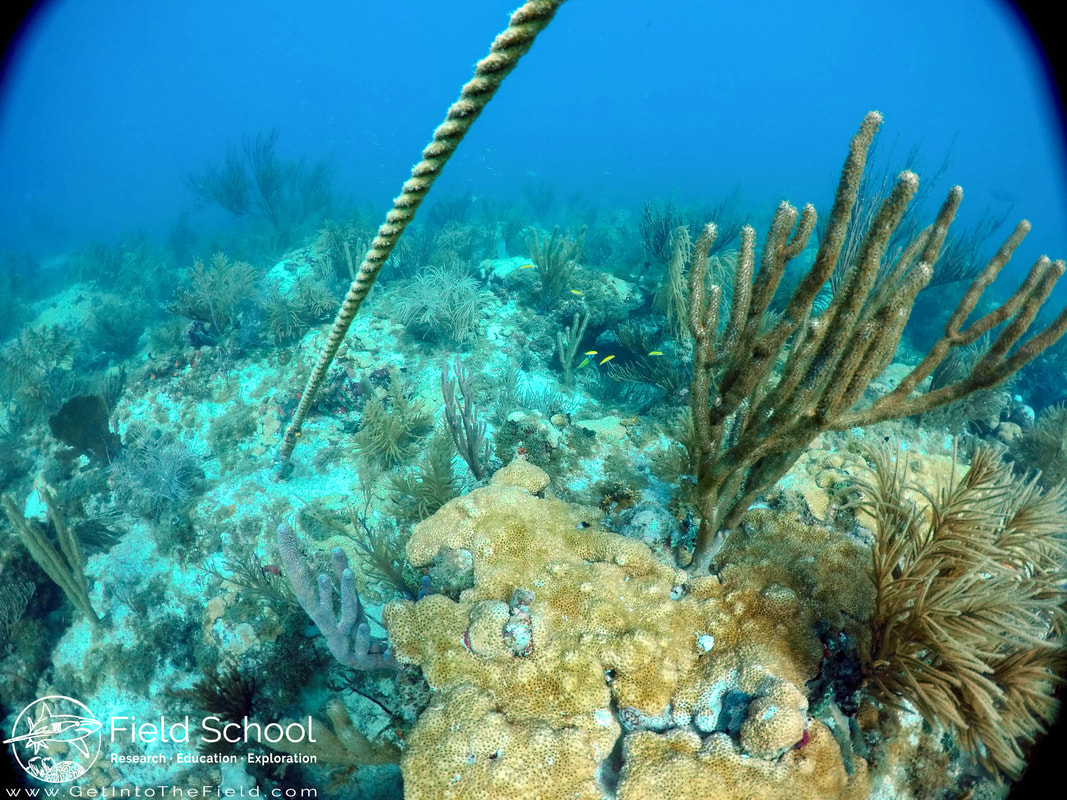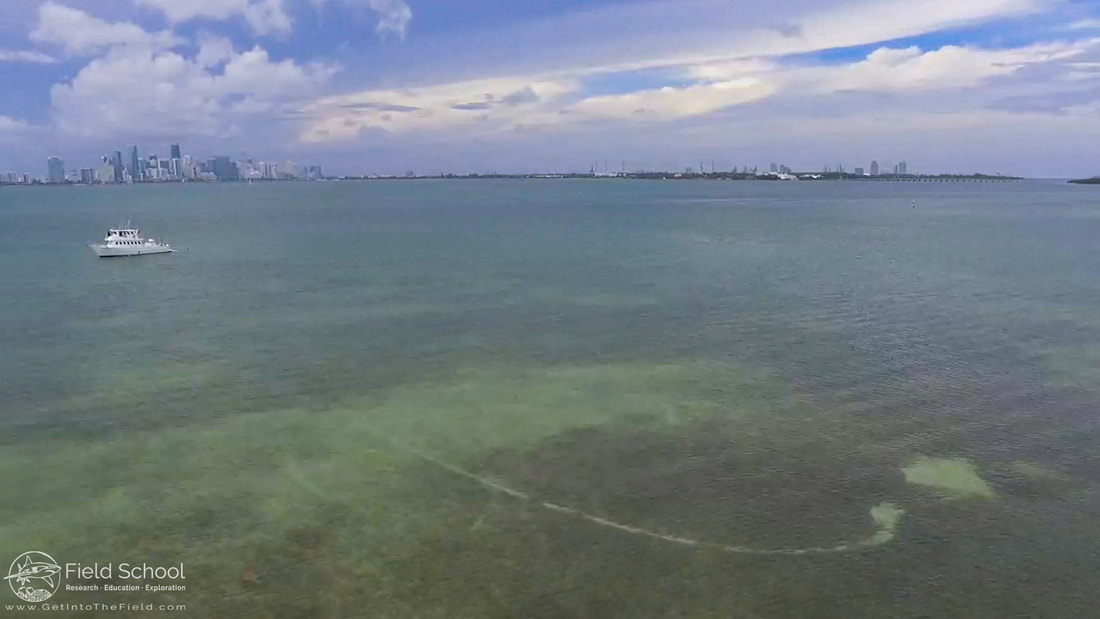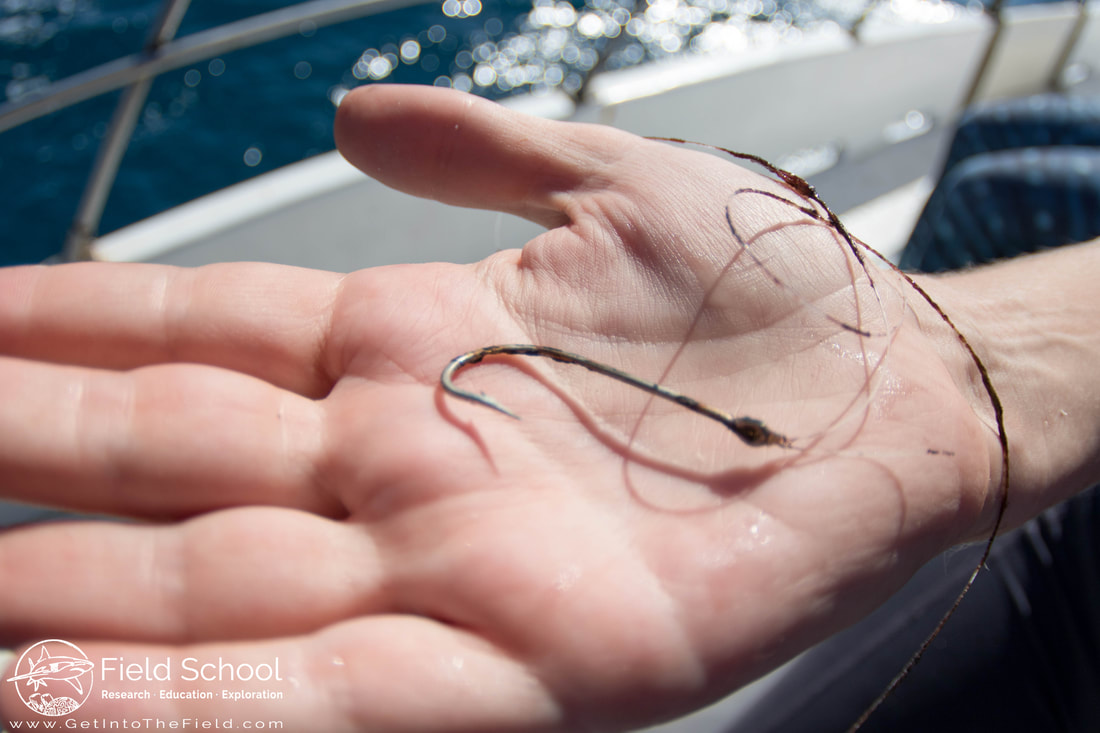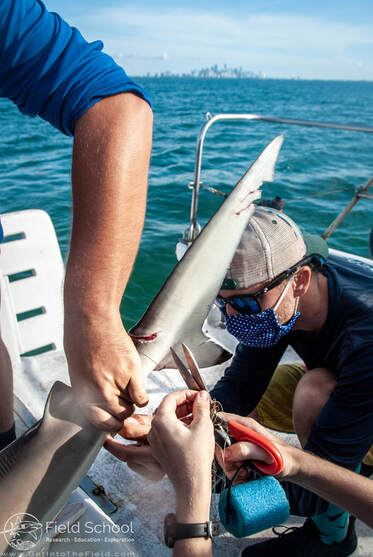Biscayne Bay: Saving our Blue Backyard
Why Biscayne Bay is so important
People in southeast Florida are so lucky to have Biscayne Bay as their collective backyard. We have a responsibility to care for the Bay, which supports our economy, provides critical wildlife habitat, and is a big part of what makes life in Miami special.
Biscayne Bay supports incredible biodiversity in its mangrove forests, seagrass beds, and coral reefs. More than 30 threatened species call Biscayne Bay home, including the Endangered smalltooth sawfish. The Bay is also critical habitat for more than 100 species important to recreational and commercial fisheries, including spiny lobster and stone crab.
All of these ecosystems are fighting for survival in the shadow of Miami, which relies on the Bay to generate $6 billion in direct income (10% of income in the county) each year, and to provide more than half a billion dollars in annual tax revenue.
People in southeast Florida are so lucky to have Biscayne Bay as their collective backyard. We have a responsibility to care for the Bay, which supports our economy, provides critical wildlife habitat, and is a big part of what makes life in Miami special.
Biscayne Bay supports incredible biodiversity in its mangrove forests, seagrass beds, and coral reefs. More than 30 threatened species call Biscayne Bay home, including the Endangered smalltooth sawfish. The Bay is also critical habitat for more than 100 species important to recreational and commercial fisheries, including spiny lobster and stone crab.
All of these ecosystems are fighting for survival in the shadow of Miami, which relies on the Bay to generate $6 billion in direct income (10% of income in the county) each year, and to provide more than half a billion dollars in annual tax revenue.
Key threats and how to help
The population of Miami-Dade County doubled between 1970 and 2020, far outpacing growth in the rest of the US. The increasing impacts of development have threatened Biscayne Bay ecosystems with collapse in recent years.
Fixing these problems will demand both individual actions (listed below under "What YOU can do") as well as collective policy action and civic engagement (listed under "What WE can do").
The population of Miami-Dade County doubled between 1970 and 2020, far outpacing growth in the rest of the US. The increasing impacts of development have threatened Biscayne Bay ecosystems with collapse in recent years.
Fixing these problems will demand both individual actions (listed below under "What YOU can do") as well as collective policy action and civic engagement (listed under "What WE can do").
|
1. Stormwater runoff
Heavy rains in Miami, which are common in summer, wash nutrients, debris and pollution directly into Biscayne Bay. Pollution in stormwater often comes from human and pet waste, lawn fertilizers and pesticides. Especially combined with high water temperatures, fertilizers and waste contribute to harmful or toxic algal blooms, which can deplete oxygen and lead to die-offs of fish and other marine life. What YOU can do:
What WE can do:
|
|
2. Sewage and septic pollution
Aging water treatment infrastructure and septic tanks are a major threat to water quality in the Bay. As sea level rises, the soil filtration layer separating septic tanks from groundwater is shrinking, allowing human waste to pollute Biscayne Bay and our drinking water. We need to upgrade our water system to prevent leaks and spills, and avoid their consequences—including harmful algal bloom and dangerous e. coli contamination, which can lead to beach closures and illness. What YOU can do:
What WE can do:
|
|
|
3. Plastic pollution and marine debris
Our research team encounters plastic and marine debris every day on the water. Debris accumulates in the roots of mangroves, endangering critical nursery habitat for reef fish and other marine life. What YOU can do:
What WE can do:
|
|
|
4. Physical damage to habitats
Biscayne Bay habitats are also damaged directly through human activities. Propellers and anchors can damage seagrass beds and coral reefs, and trimming or illegal removal of mangroves may destroy vital habitat. Species in these ecosystems are often slow-growing, and can take decades to recover from damage that may only take a few seconds or minutes to inflict. What YOU can do:
What WE can do:
|
|
|
5. Fishing pressures
Legal commercial and recreational fishing is allowed throughout Biscayne Bay, including in Biscayne National Park. Fishing impacts populations through the removal of targeted species, the unintended capture of non-target species (“bycatch”), and when animals die even when released alive. What YOU can do:
What WE can do:
|
|
Final steps and staying involved:
The health of Biscayne Bay depends on our continued and collective commitment to reduce our impact and protect these vital ecosystems that provide so much to our community. In addition to the above, it is important to stay informed and involved.
If you would like to learn more some resources are linked here:
The health of Biscayne Bay depends on our continued and collective commitment to reduce our impact and protect these vital ecosystems that provide so much to our community. In addition to the above, it is important to stay informed and involved.
- Sign up for our newsletter here to learn about opportunities to help protect the bay and donate to our research and conservation efforts here.
- Several great organizations are working tirelessly on this issue including Miami Waterkeepers, Debris Free Oceans, Rescue a Reef, and Miami Surfrider. Follow and support these efforts as you are able.
If you would like to learn more some resources are linked here:
- Miami-Dade Grand Jury report on Biscayne Bay collapse.
- Biscayne Bay semi-annual Marine Health Summit website.
- NOAA's Biscayne Bay Habitat Blueprint.
- Miami-Dade Biscayne Bay Task Force.
- Economic evaluation of Biscayne Bay by Miami Waterkeepers.
